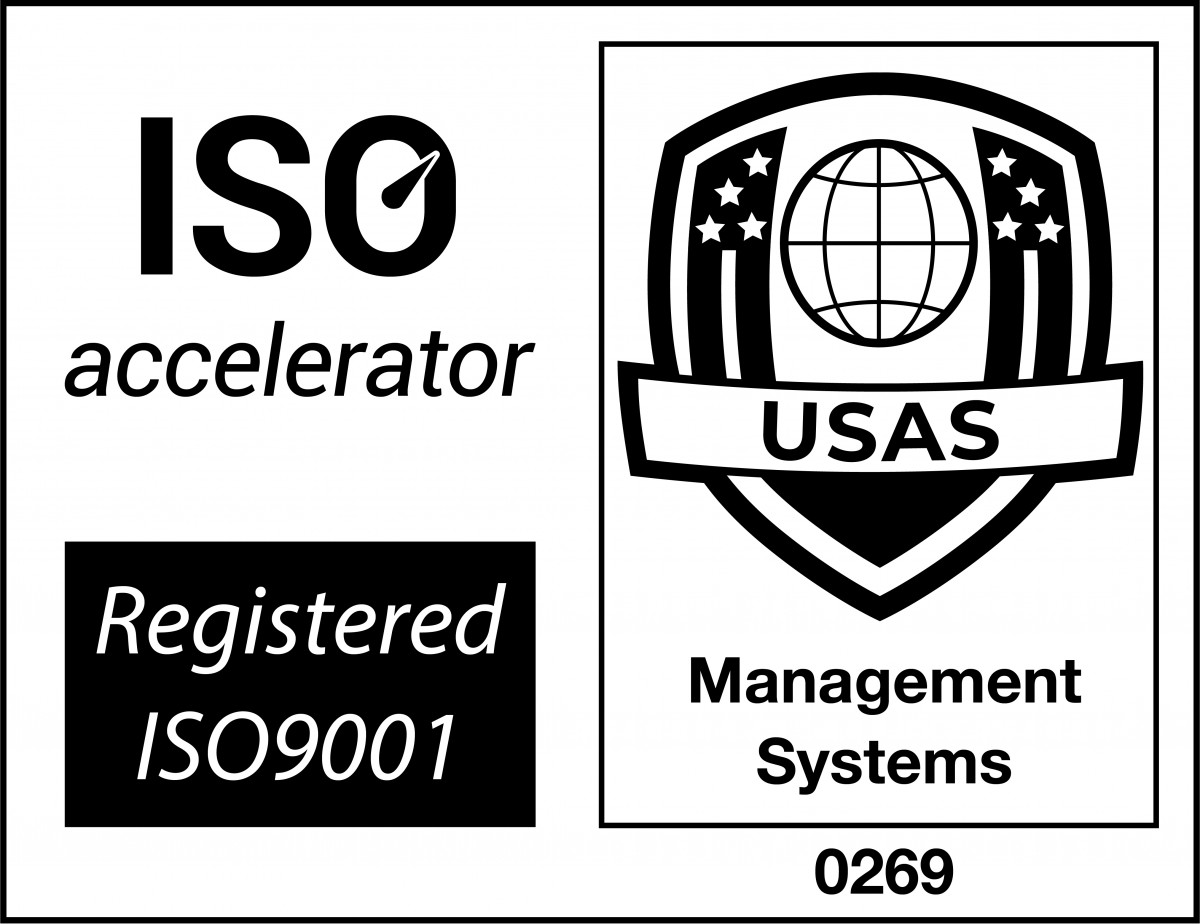Discover how accessible self-service kiosks can improve customer service, brand perception, customer retention and more!
It has become an absolute necessity to make your retail and restaurant space as accessible as possible. Across all aspects of your business, from the moment a customer comes through the door they should feel like they’re being catered to, not inconvenienced – and most importantly – not alienated.
This, of course, extends to the technology you offer to your customers to use. Self-service kiosks have become an intrinsic part of the experience of so many customers, and it’s vital that you ensure that they cater to all aspects of your customer base in order to make sure they have a positive experience and perception of you as a brand.
So, let’s explore the ways in which you can improve your customer’s experience with accessible self-service kiosks!
Creating accessible self-service kiosks
It’s important to consider the ways in which people may encounter difficulties with your kiosks while using them, and how to implement thoughtful design solutions that help them overcome these limitations.
IBM research on accessible self-service kiosks points out that:
“Accessible self-service kiosks can help companies innovate.
Touchscreens can be difficult if not impossible to use by travellers who have limited or no vision or dexterity.”
So, how do you go about creating a self-service kiosk solution that makes accessibility a priority? Let’s explore just some of the options that are available to you!
Height adjustment options
One great way to ensure accessibility is to consider the height of your self-service kiosks when planning their implementation. This could come in the form of kiosks that are already low down – making them accessible to customers who use wheelchairs – or kiosk screens mounted on an adjustable arm that allows them to freely move the display to the most appropriate height.

Colour and contrast options
Some users may have a limited ability to perceive particular colours on a screen and would hugely benefit from you implementing options to change colour and contrast settings in order to make your self-service kiosk more accessible and legible.
Interface and text accessibility
Similarly, users of your self-service kiosk may have difficulties with the perception of small text or interface elements, and again, there’s a simple solution this! You can provide users with an option to increase the size of text and elements of the user interface to make them more usable.
Other accessibility considerations include voice activation, audio instructions, allowances for additional time for users to complete tasks and tactile/braille keyboards.
The benefits of accessible self-service kiosks
So, now we’ve explored some of the ways in which accessible self-service kiosks can be implemented, let’s take a look at some of the incredibly positive effects they can have on your customers and – in turn – your business.
Inclusion
Creating more inclusive retail spaces has become a vitally important concern in recent years, with good reason. You don’t want your customers to feel excluded by any of the decisions you make in your business, and implementing accessible self-service technology is a great way to make customers feel welcome and know that their needs are being catered to.
Improved brand perception
Being more inclusive in your approach to self-service technology has the added benefit of creating a more positive perception of your business with existing and potential customers. If customers have fewer doubts that they’ll be catered to by your business, they’re more likely to want to engage with your business!
We hope this has highlighted the benefits of not just implementing self-service kiosks but also making them as accessible as possible.
If you would like to discuss the ways in which your business could benefit from accessible self-service kiosks, get in touch! We’ll discuss your requirements for self-service kiosks with you, answer any questions you may have and suggest the perfect accessible kiosk solution for you!



